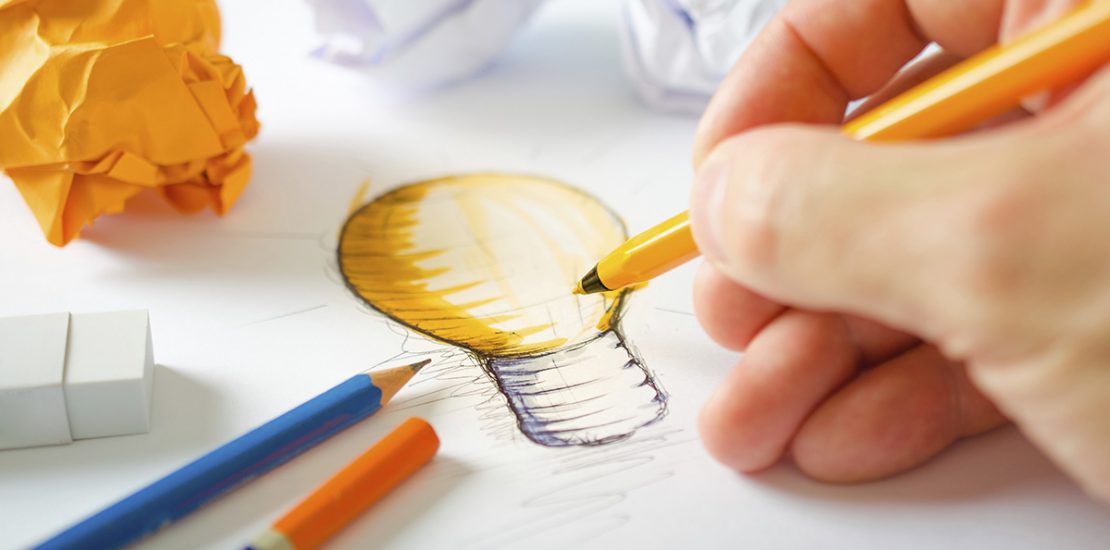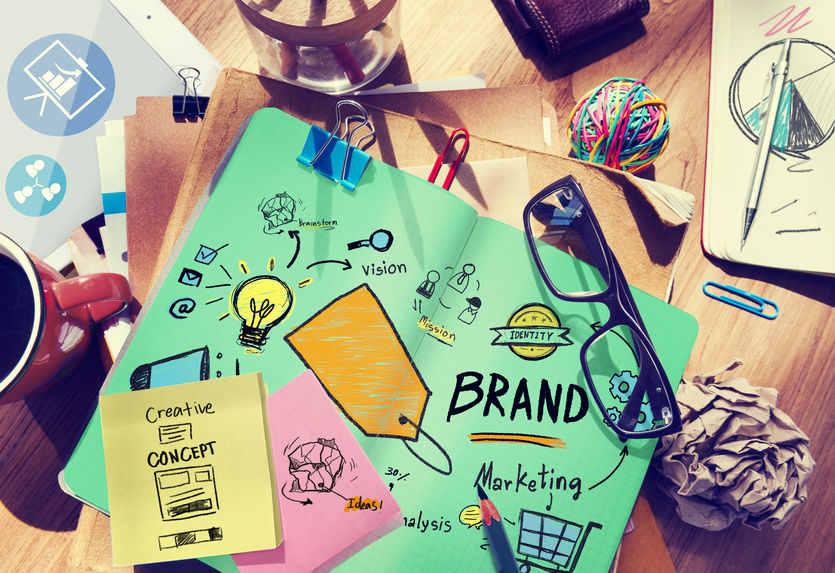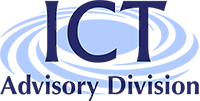
Product and Communication Design
ICT Advisory Division consultants are able to offer the study and the design of objects that may meet the needs of the production context and of the market.
Research is considered a fundamental cornerstone in the design process: the typological and product analyses carried out on existing products make possible to identify new fields of application and new production needs, with particular attention to users. At the same time we conduct semantic, morphological and psychological studies on the shape of the object, the first interface between the user and the good.
In designing the shape of the object, in addition to all the devices related to production and technology, the designer will take into account ergonomic aspects and usability with the intent to make the product able to enter the market successfully, but above all – once purchased – to be used immediately.
In a similar way, we offer consultancy in the communication design and services.
The communication that pervades the lives of individuals today, in fact, becomes a central point in the design project. Knowing how to communicate a product and all its peculiar aspects, knowing how to enhance its qualities and at the same time communicate its use in an immediate way, are all aspects that expand the potential of the object making it usable and increasing its potential to be purchased.
Design is not only about the product’s commodity range but it is also more and more part of the production of intangible services. Web interfaces, apps and all the digital services that are included in everyday objects, are the means that allow both the user to be part of an increasingly digital and evolving reality and the company to remain aligned with new markets.
Communication design is concerned with making messages readable and evident, whether they are promotional or social. The study of the psychological aspects related to visual perception and usability allow to make the graphic aspects more usable and appreciable.
Communication, in view of business management, is also intended as the design of the brand visual identity and therefore as the conception and development of the visual elements that characterize an entity or a company: the brand, the colors, the general stylistic lines of the brand, the payoff and all derived products that contribute to enhance the elements of corporate recognition are the subject of in-depth study and design. These aspects, which are strongly systemic, have become decisive today because the identification and image of the company are the most direct parameters capable of orienting market choices.

When we talk about goods today, we must take into account that they are no longer only the tangible ones, but more and more companies and end users are looking for product-related experiences.
Service design is one of the new frontiers of design. It combines with a systemic approach the product, the manufacturer, the user and the approach that the user has with the product or good. By bringing these fundamental aspects together, new services are designed to expand the potential of the product.
In this scenario technology allows an increasingly “open” approach and also allows to mix different languages and direct market choices while maintaining the central role of the company.
The latter, using Service Design, can facilitate the introduction of an innovative product on the market, implement the involvement of territorial realities, create production and exchange networks at local level that can make the company itself an attractor of new realities and activator of virtuous processes.
The Services Design is therefore a strategic resource that – adopted by companies and responding to their natural vocations – can be a factor of fundamental importance for the design and processes of the future.
